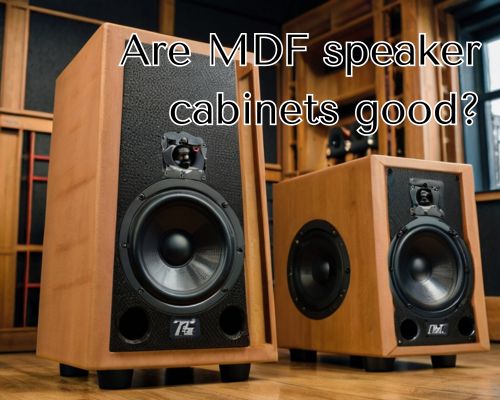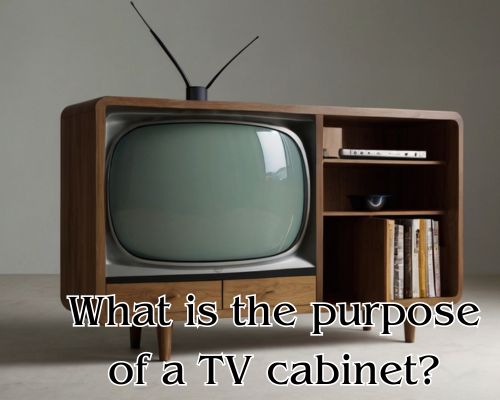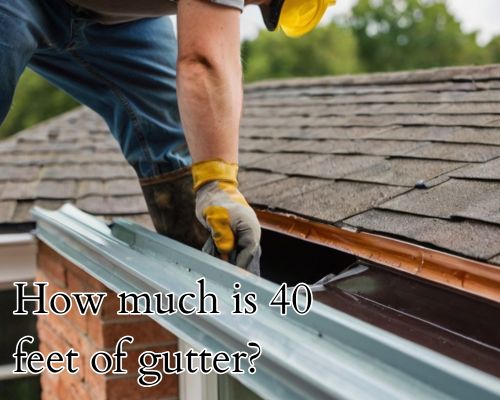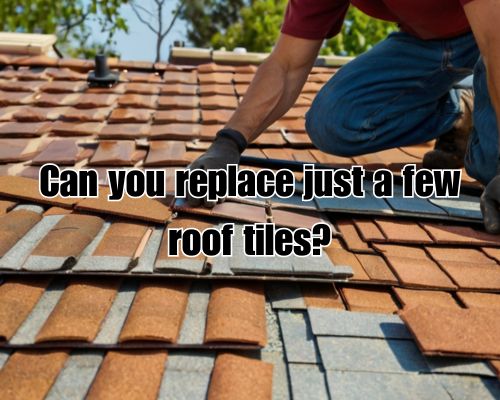In the vibrant coastal town of Mornington, Australia, where lifestyle meets sophistication, high-quality audio equipment is more than a luxury—it’s a necessity for music lovers and home entertainment enthusiasts. One question that frequently echoes across home cinema forums and local AV design studios is: “Are MDF speaker cabinets good?” With Leona Rodriguesi of Mornington Cabinet Makers, we’ll dive deep into this topic, exploring Medium-Density Fibreboard (MDF) speaker enclosures, how they compare to alternatives like plywood and hardwood, and why they’ve become a staple in audiophile setups and home theatre systems throughout Australia.

🎧 What Is MDF and Why Is It Used in Speaker Cabinets?
MDF, short for Medium-Density Fibreboard, is an engineered wood product made from wood fibres bonded with wax and resin under high pressure. Unlike solid wood, MDF is homogenous, dense, and consistent in composition. This makes it an excellent material for precision construction—an essential quality in audio-visual furniture and loudspeaker design.
In Mornington, where custom AV installations and refined acoustics are in demand, MDF is often used in speaker cabinet construction due to its:
- Acoustic neutrality: It does not color the sound.
- Ease of machining: Perfect for intricate cabinet designs.
- Affordability: More cost-effective than hardwoods or high-end composites.
- Smooth surface: Ideal for finishes like vinyl wrap, high-gloss lacquer, or wood veneer.
🔍 Acoustic Properties: Why MDF Is a Go-To Material
When assessing speaker cabinet performance, resonance control is paramount. MDF’s dense and non-resonant nature makes it ideal for reducing unwanted vibrations. This stability ensures that what you hear is the actual sound coming from the speaker drivers—not the cabinet itself.
For audio systems in Mornington homes—where concrete floors, timber-framed walls, and open-plan living spaces are common—the acoustic environment can be unpredictable. MDF helps tame such inconsistencies by offering:
- Better internal damping than plywood
- Predictable acoustic behavior, important for precision audio tuning
- Structural rigidity, especially when used in braced enclosures
🔨 MDF vs. Other Speaker Cabinet Materials
Let’s break down the most common alternatives to MDF to understand why it remains a popular choice:
| Material | Pros | Cons |
|---|---|---|
| Plywood | Lightweight, stronger under impact | Can have tonal coloration due to inconsistent density |
| Solid Wood | Aesthetic appeal, natural grain | Expensive, prone to warping and resonating |
| HDF (High-Density Fibreboard) | Even denser than MDF, excellent acoustic control | Heavier, more expensive |
| Plastic or ABS | Lightweight, easy to mold | Poor resonance control, often seen in entry-level models |
In Mornington’s humid coastal climate, MDF resists warping better than solid wood, provided it is properly sealed and finished—another reason it’s trusted by local AV cabinet makers and custom install professionals.
🏡 Mornington Use Case: MDF in Custom AV Installations
Whether you’re building a dedicated home theatre room in Mount Martha or upgrading your open-plan lounge in Main Street, MDF is frequently specified by Mornington audio-visual designers. It’s easy to shape, ideal for flush-mount installations, and integrates seamlessly with other AV furniture pieces like TV cabinets, AV racks, and subwoofer enclosures.
Local AV professionals often use CNC-machined MDF panels for projects requiring millimeter precision—perfect for creating sealed or ported enclosures that enhance bass response and clarity.
🛠️ Structural Techniques That Enhance MDF Cabinets
While MDF itself is excellent acoustically, how it’s used determines final performance. Top speaker designers and custom furniture craftsmen in Mornington often employ these techniques:
- Internal bracing: Reduces panel flex and enhances strength.
- Damping materials: Foam or wool lining to absorb internal reflections.
- Double baffles: Improves driver stability and reduces vibration transfer.
- Flush-mount drivers: Reduces diffraction for cleaner soundstage.
These enhancements are critical in Hi-Fi systems, home theatre speakers, and studio monitors, especially when the goal is audiophile-grade performance in compact spaces.
🧠 MDF and Psychoacoustics: What Listeners Really Hear
From a psychoacoustic perspective—the science of how we perceive sound—cabinet coloration and resonance play a major role in how “clean” a speaker sounds. MDF’s lack of tonal contribution ensures:
- High fidelity playback, with minimal distortion.
- Accurate imaging for stereo and surround setups.
- Reduced cabinet “chuff” and resonance artifacts, even at high volumes.
This is why MDF cabinets are standard in high-end speaker brands, from British audiophile icons like KEF and Bowers & Wilkins to American manufacturers like Klipsch and Polk.
🌏 Sustainability & Environmental Considerations in Australia
Eco-conscious consumers in Mornington often ask: Is MDF environmentally friendly?
The answer lies in how it’s sourced and sealed:
- Sustainable forestry certification (like FSC) ensures the raw materials are responsibly harvested.
- Low-VOC finishes and water-based lacquers reduce indoor air pollution.
- MDF allows the repurposing of wood waste, contributing to circular design principles.
Local cabinetmakers like Mornington Cabinet Makers often source MDF from Australian manufacturers who adhere to Green Star standards—a plus for those designing eco-friendly AV furniture and speaker setups.
🧰 Practical Considerations for Homeowners
If you’re planning a home theatre renovation in Mornington or upgrading your multi-room audio system, MDF speaker cabinets offer:
- Durability: With proper sealing, they can last decades.
- Customisation: Paint, veneer, or wrap for any décor.
- Integration: Built-in or free-standing cabinet designs.
You’ll find MDF cabinets in local stores like Harvey Norman, The Good Guys, and specialty AV shops in the Mornington Peninsula region, often bundled with Yamaha, Denon, or Sonos systems.
🔚 Final Verdict: Are MDF Speaker Cabinets Good?
Absolutely. MDF is one of the best materials for speaker cabinet construction—especially when sound quality, affordability, and customisation matter. Whether you’re a casual listener or a serious audiophile, MDF offers consistent acoustic performance and adaptability to suit almost any room in Mornington, Victoria.
Local AV designers trust MDF for good reason—it’s precise, reliable, and delivers the kind of pure, undistorted sound that elevates your listening experience. When enhanced with smart design features like bracing and damping, MDF cabinets compete with (and often outperform) much pricier alternatives.
MDF speaker cabinets strike the right balance between science, design, and practicality—exactly what Mornington audiophiles crave.













